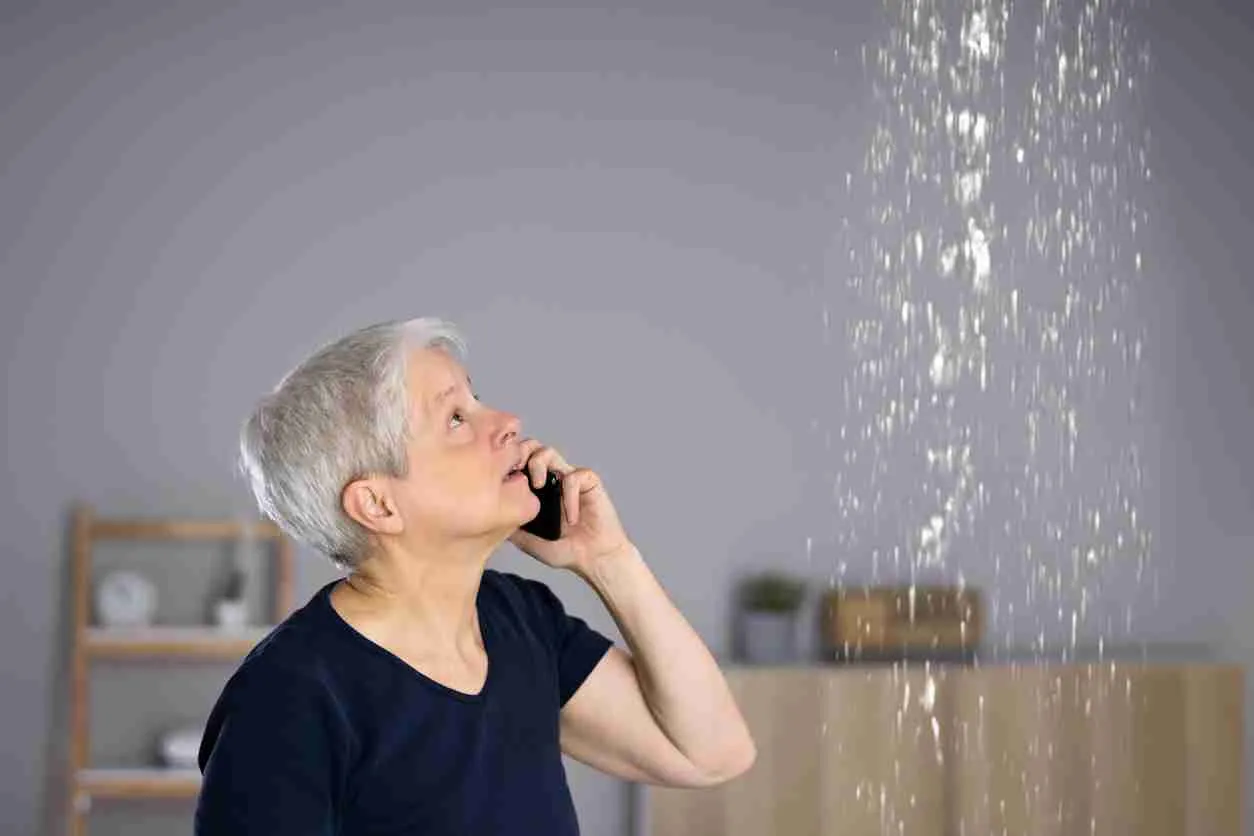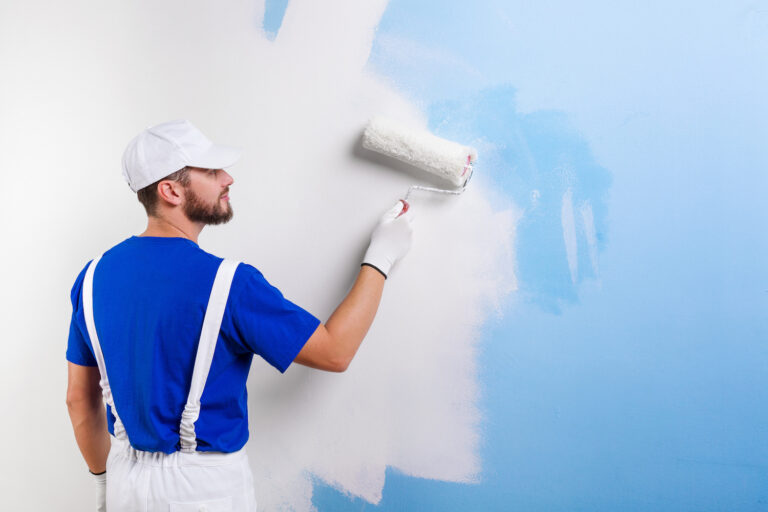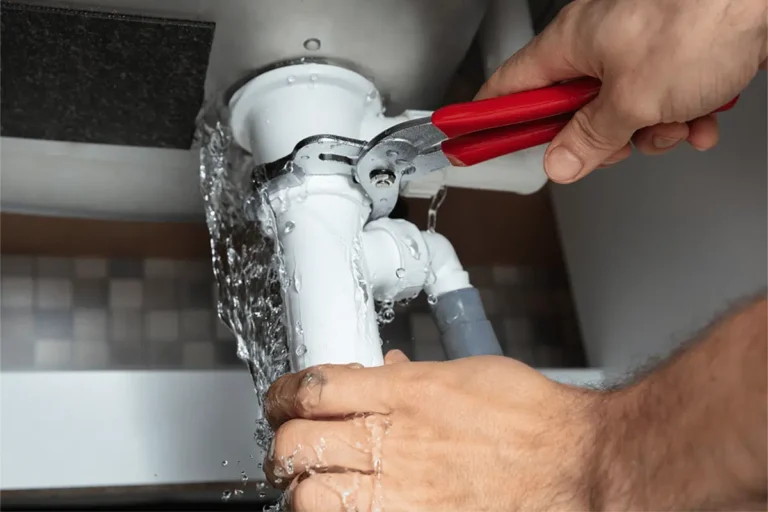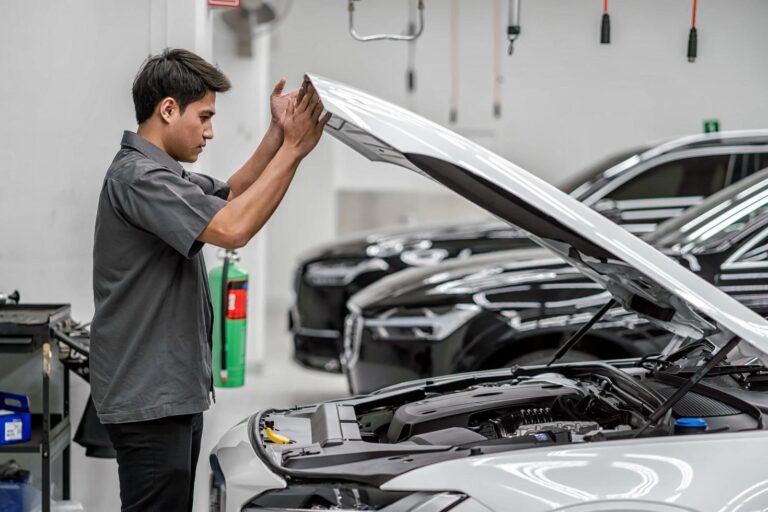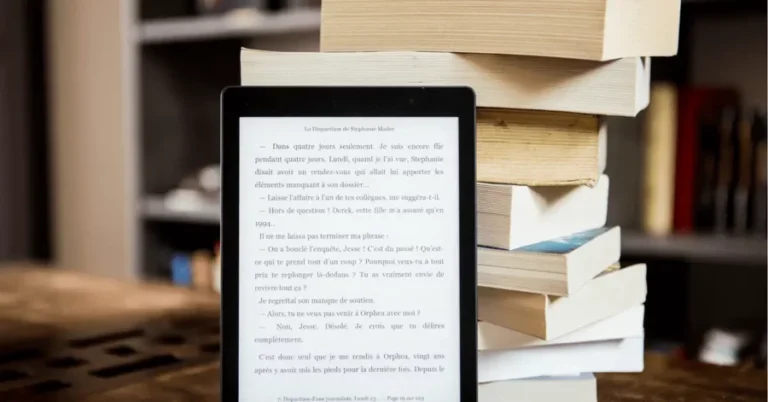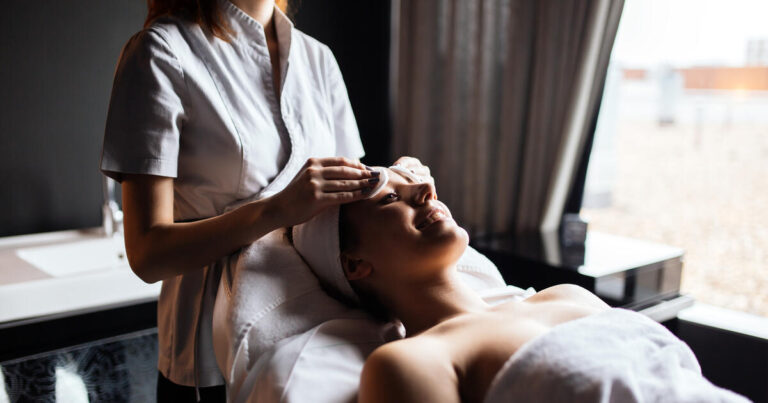Water damage can quickly infuse saturate insulation, and produce hidden pockets of moisture that impair structural integrity and encourage biological growth. Effective restoration requires particular, specialized interventions based on the flooring material and saturation. To reduce long-term concerns, preserve property value, and ensure a healthy interior atmosphere, proactive and properly managed recovery can make a potentially disastrous occurrence tolerable. Experts like waterdamagerestorationinhouston.com should be contacted for thorough assistance.
Instant Response
The success and scope of water damage restoration depend mainly on its quickness. Contact with water causes secondary damage instantly. Wood, laminate, and some tile grout can swell and deform within hours. Mold and mildew can grow in 24–48 hours, causing odors and health issues. You must quickly find and stop the water source, contain the moisture, and start extraction. Professional intervention in these important early hours greatly lowers absorption, irreparable damage, and mold propagation, saving time and money.
Specialized Drying

After standing water is removed, specialist drying begins, the most important repair step. This procedure uses science to reduce moisture content in afflicted materials to pre-damage levels, preventing warping, delamination, and microbial growth. Drying equipment and processes depend on flooring type and saturation. Expert teams check moisture levels in diverse materials using modern technologies to dry goods thoroughly.
- High-powered industrial dehumidifiers lower humidity to expedite evaporation from wet surfaces and prevent subsequent moisture damage to unaffected areas. Strategically placed high-volume air movers direct concentrated airflow across wet surfaces to boost evaporation and drive moisture into dehumidifiers. This is essential for padding, and porous subfloors.
- Specialized drying mats or inject dry systems extract moisture from beneath hard surfaces like wood, tile, or laminate to prevent cupping or buckling.
- Technicians can precisely detect hidden moisture pockets in walls, subfloors, and under baseboards to identify and treat all saturated areas with this diagnostic equipment. Precision is essential for com thorough drying process. Warmer air holds more moisture, helping dehumidify, but too much heat can damage things.
Material-Specific Care
Different flooring materials react differently to water, requiring customized restoration. Hardwood floors are prone to warping thus they are generally restored via controlled drying using precise panels to suck out moisture gradually, followed by sanding and refinishing. Even durable tile and stone flooring can be damaged by water if it leaks into the grout lines or subfloor, causing grout worsening or mold growth. This requires filling replacement. Successful and sustainable rehabilitation requires recognizing these material behaviors and using the right specialized procedures.

